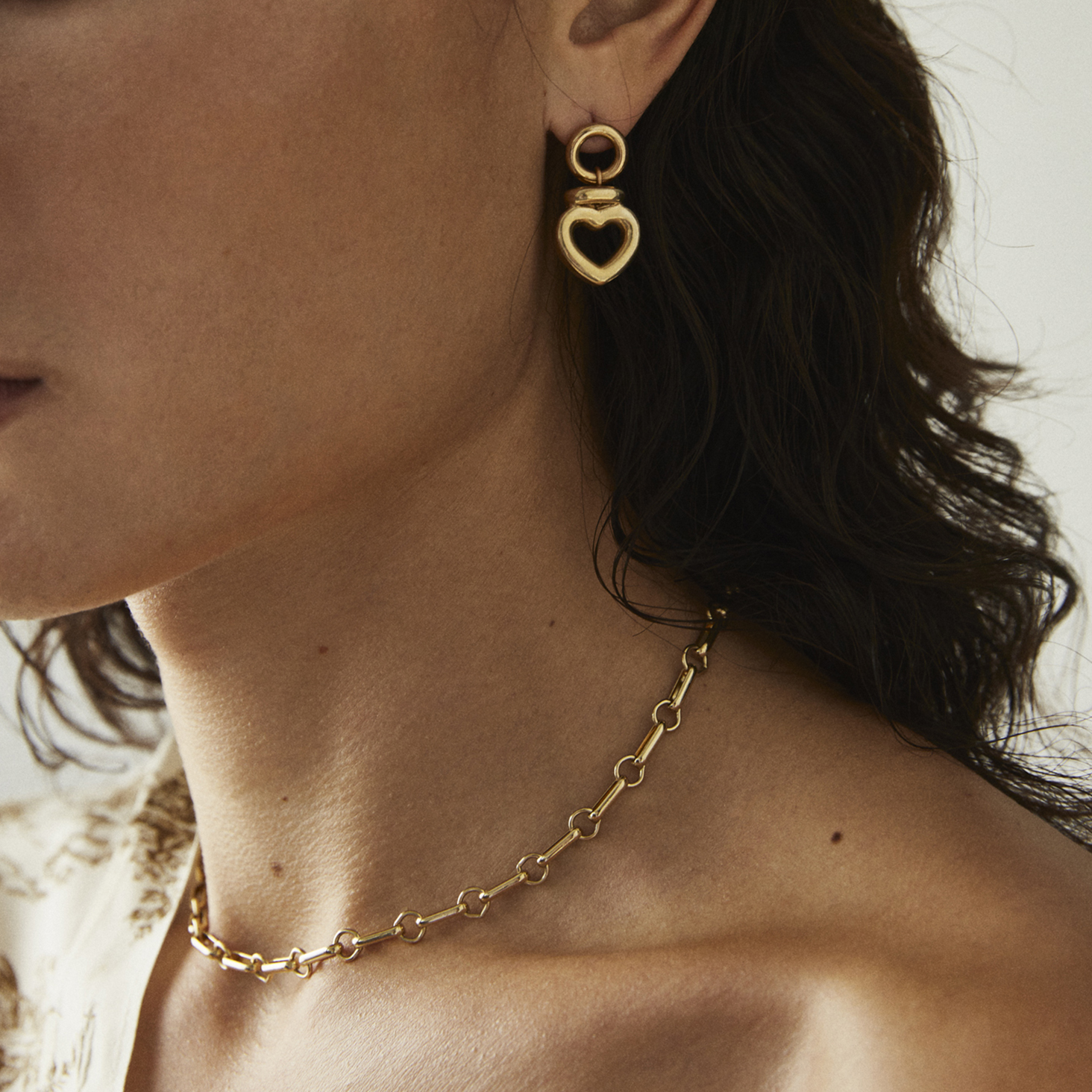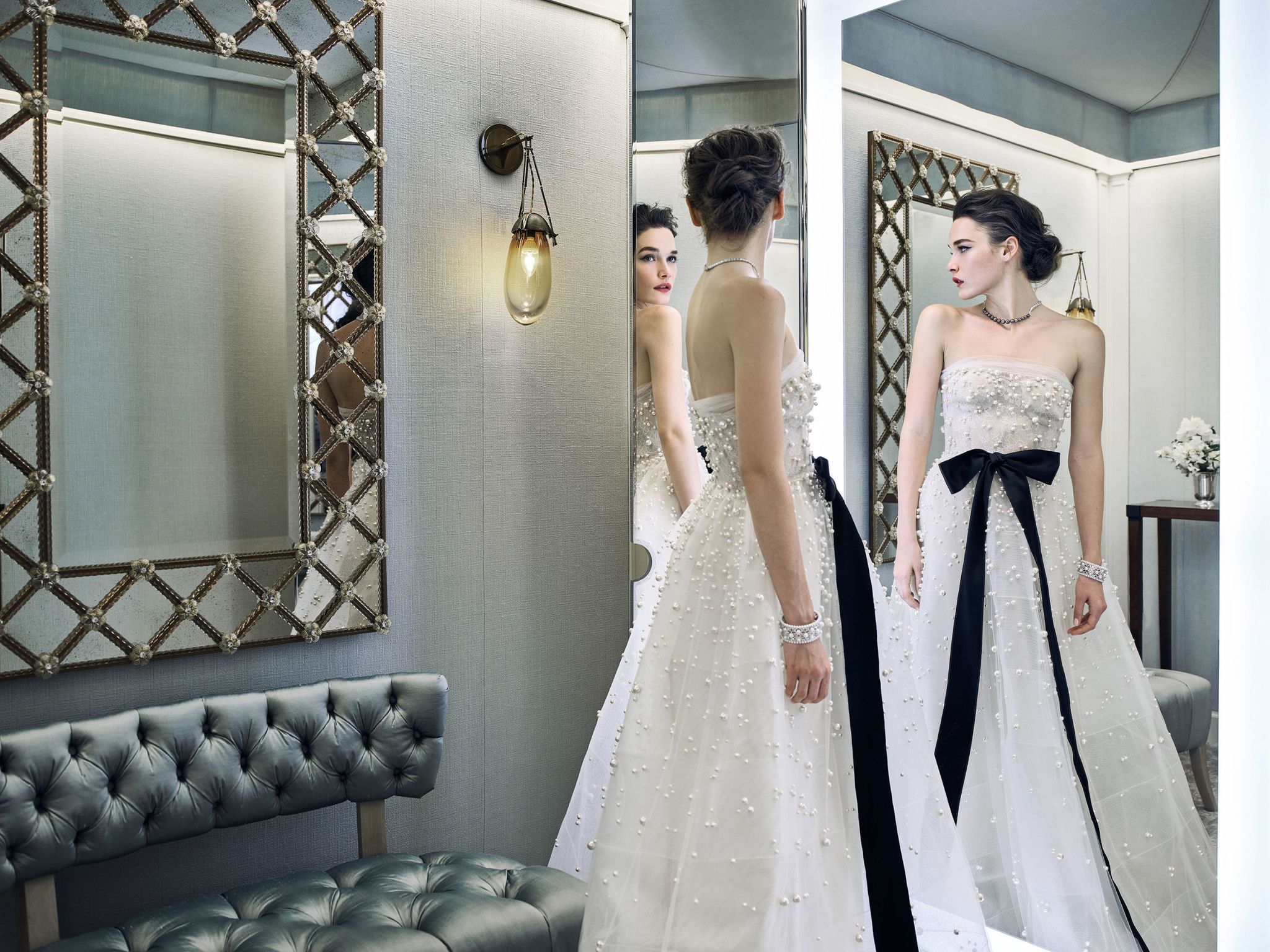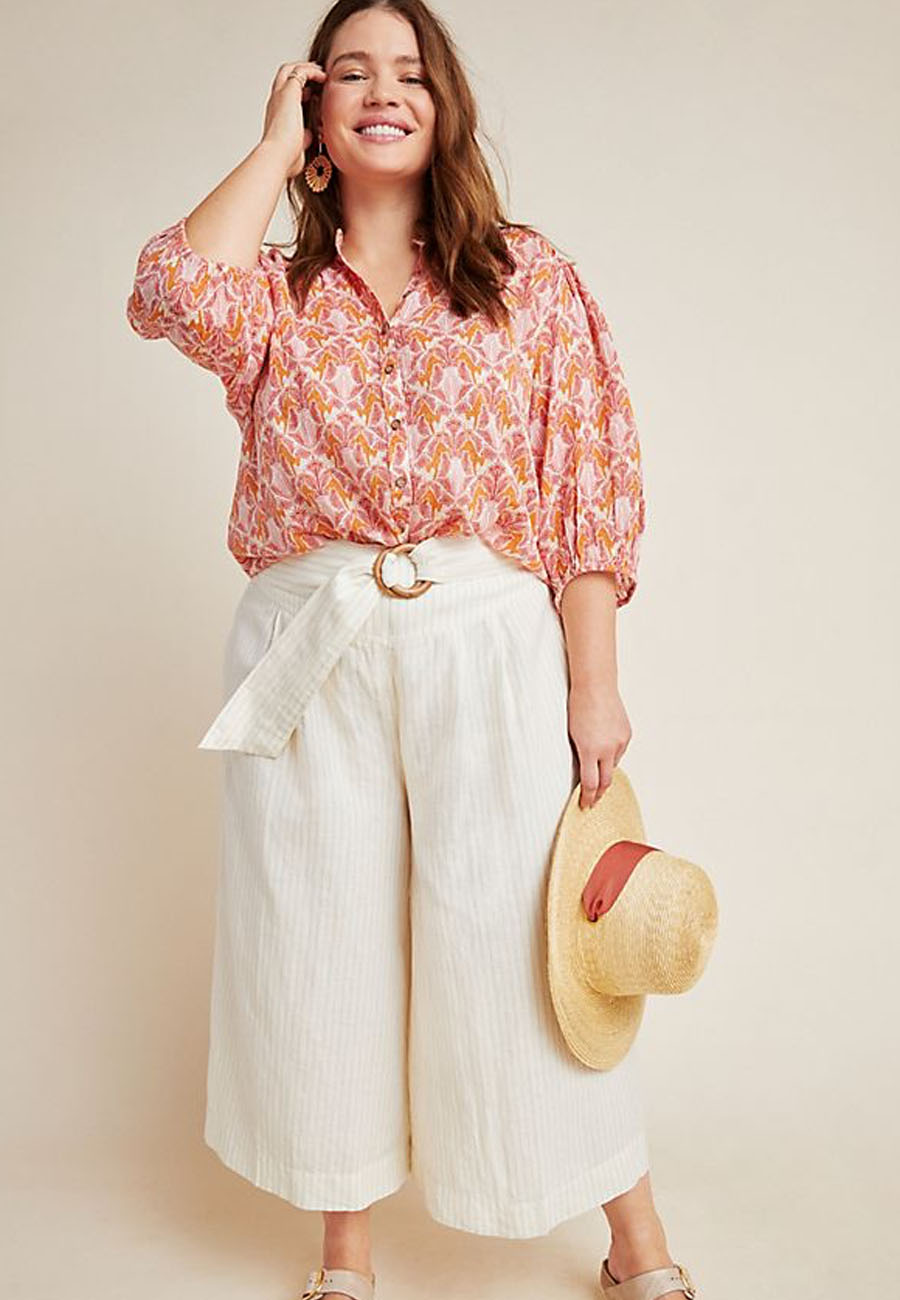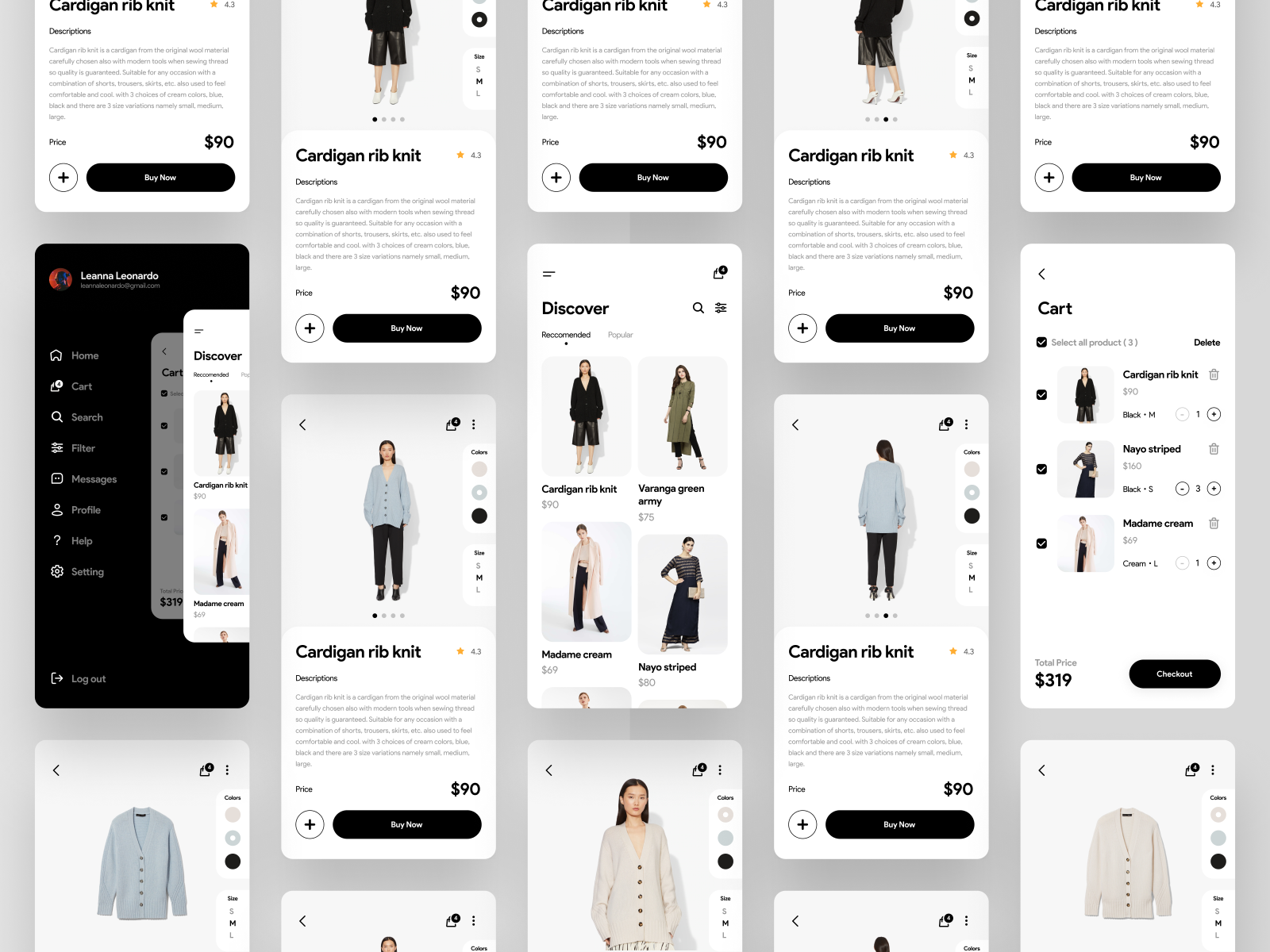A fashion brand identity is a center part of any fashion label. Without it, the brand won’t remain in that frame of mind of its customers, leading to lack of engagement, little to no brand loyalty and possibly even reduced sales.
In the fashion business, branding is everything. Purchasers purchase branded items to show that they identify with the brand and the undertones that the brand addresses.
One popular example of this is Louis Vuitton. Louis Vuitton is a luxury brand, known for being top of the line and top caliber. Its shoppers purchase items enhanced with its name and logo just to represent that the luxury lifestyle is engaging to them, and obviously to show that they benefit from a lifestyle themselves which permits them to be ready to afford the items.
We can see this somewhere else in different areas of fashion. Footwear Company Nike are such a behemoth because of their brand identity: Their footwear is of excellent with dependable strength yet it is their logo, the Nike swoosh, that makes them fashionable. The swoosh is in a flash unmistakable and anybody viewing it knows the brand and its values: Excellent physicality, power and wellness.
So with regards to pondering your own fashion label, after you have considered your USP, your ideas and your items, you must contemplate your logo and your brand identity. In this blog, we’ll give you a knowledge into how to create a fashion brand identity that will convey your brand’s values to your customers, for you.
What is Brand Identity?
Compactly characterized, brand identity alludes to the noticeable components of a brand like the color, the design and the logo. These three components ought to give the brand a uniqueness that is recognizable to its main interest group, and that recognizes it from different brands in a similar space.
For example, Balmain and Calvin Klein are both luxury clothes retailers who prevalently include their brand name on their items. However, we bet that visually, you can as of now see the distinction in those names, even however the two brands basically utilize a text style.
We know that Balmain is much of the time in a bigger, Roman looking text style and its name is in many cases joined by its establishing city, Paris, though Calvin Klein’s text style is smaller, more adjusted and frequently abbreviated to their initials, CK.
In spite of the two brands not depending vigorously on a color plot, we definitely know the contrast between them just through the variety in textual style shape and size. This is at its heart, brand identity.
However, more than that, brand identity is likewise comprised of the values of your brand. Jeff Bezos, the founder of Amazon, was once cited as saying that “your brand individuals say when you’re not in the room”, and he’s right. A brand identity isn’t just how your brand introduces itself, yet in addition a big motivator for it, like its values, characteristics or USPs.
What goes into a brand identity?
This is the issue that all growing fashion designers ought to ask themselves when they plunk down to think about their own brand identity.
Whilst color schemes, fonts, logo designs and other visual components are significant in the designing of an identity, similarly as significant is the brands story, its values, and its credits.
What we mean by those three things are what the brand rely on. Fashion entrepreneurs ought to pose themselves these three inquiries:
- What will my brand be known for?
- What does my brand depend on?
- What is my brand’s point of view?
These qualities could be basic: I maintain that my brand should be known for its great manageable items, I believe that my brand should stand for supportability in the utilization of natural materials, and I maintain that my brand’s point of view should be one of luxury yet not to the detriment of the climate.
Anything that the three parts are, they must be reflected in your brand’s story and the picking of color schemes, logos and other visual components must then mirror these values.
At the point when these components are joined with your visuals, then your brand embraces a brand identity that will impart the reason for the brand and its values for you. For example, “Goodness you’re wearing {your brand identity}? Could it be said that they are the brand that produces eco-accommodating luxury clothing?”
How to create your fashion brand identity
Despite the fact that there is no authority bit by bit cycle to making a fashion brand identity, there are steps that sprouting fashion designers can take to begin to lay out their personalities.
Before they begin following those means, their most memorable thing to take care of must be to plunk down with themselves and pose the three inquiries we recorded previously. As well as this, they must consider the genuine motivations behind why a brand identity is so significant. This gives a structure they can use to then identify thoughts, subjects and values that can begin to lay out the uniqueness of the brand.
The following points must be considered:
- A fashion brand identity separates my product offering from contenders
- A fashion brand identity gives my brand personality, and considers association with my client
- A fashion brand identity permits me to form associations with my customers and develop brand loyalty
- A fashion brand identity fabricates my validity, and presentations that my brand isn’t quick fashion
- A fashion brand identity characterizes what my brand is and why it exists
At the point when this multitude of points are considered, fashion brands can begin to acknowledge why and where they separate from contenders. Thoughts will form about color schemes, messaging and, surprisingly, ideal client types.
When fashion brands have this information they can then:
1. Structure the brand strategy
A brand strategy is just the above information gathered into a much more compact arrangement, much like a strategy yet for fashion labels. A brand strategy will generally contain information, for example,
- The Brand Heart: Its motivation, mission, vision and values
- The Brand Messaging: Its brand voice, its tone, its personality and its incentive
- The Brand Identity: A mix of the above components as well as visual highlights, for example, a logo, color plan and typography or text style choices
Having an exhaustive brand strategy will assist with transforming thoughts into completely fledged brand credits.
2. Understand how the brand is perceived
Remember that portion of the brand identity is visuals, and the other half is correspondence. Your brand identity is liable for conveying how your brand will be perceived, whether as a luxury retailer, a financial retailer, a decently estimated retailer, and so on.
Survey what messaging you believe your brand should convey, and how you can change your identity to do that by examining:
- Your brands logo
- Your brands messaging
- Your brands personality
- Your brands positioning
- Your brands values
Gather this information through a review or evaluation, and afterward draft in fashion advisors, or companions, family, representatives, accomplices or partners to check whether their external view of your brand lines up with every one of the things you’ve distinguished in your review.
3. Know who you’re selling to
This is one of the most essential parts of any brand, business, or company. Who you’re selling to must line up with what you’re selling.
For example, assuming your fashion brand will sell great attire, the cost increase is possible going to be costly to take care of materials and creation costs. This implies that you’ll be selling to an in a specific client compensation section to afford your clothes.
Then, at that point, you’ll have to go a little more profound than that. Now that you know their typical compensation, you really want to settle on their segment. Will you be focusing on men, women, or gender neutral? Is it true or not that you are focusing on recognized, proficient people, or would you say you are focusing on a younger age who put more accentuation into labels and perceptions?
The responses to these questions will choose completely how you market your brand identity. In the event that you are focusing on men who are over a particular age, your brand identity can’t address women who are much younger.
To create brand personas, imagine your ideal audience and pose a plenty of inquiries about them, for example, the ones we’ve recorded previously. Ensure you gain bits of knowledge into precisely who these individuals are, what they appreciate, what their lifestyle resembles and even what drives them.
You’ll likewise have to think beyond your ideal customers. Look at how as an optional or tertiary audience gathering could see your brand, because this information can be utilized to impact your design choices. For example, an optional audience may not be keen on buying your item but rather may expect your brand requests to those with well-to-do lifestyles. You could then impact your designs to concur with their originations, further solidifying your brand identity.
4. Design your visuals
Whenever you’ve dove profound into values, perceptions and thoughts, now is the ideal time to mirror those in your color schemes, logo designs and typography decisions.
The best method for doing this is to begin by brainstorming word bunches that accurately address your brand. Do whatever it takes not to connect words with different words, keep them isolated and investigate which pictures come from every individual word.
What you’ll need to be accomplishing is the visualization of those words. For example, “quick”. Make an effort not to utilize different words, simply visualize what quick means. Is it a cheetah? A motor? A tire mark?
Ideas and components will get the most grounded close to home reactions as they trigger mental symbolism, so attempt to fabricate your visuals around these.
Here are a few quick tips for every part of your visual brainstorming:
Your Logo:
While making your logo, identify your logo mark, its center shapes and corresponding symbolism.
Remember that the center symbolism must be sufficiently strong to freely convey your messaging without expecting to return to your picked color plot.
Your Colors:
A decent color range ought to be perfect, adaptable and supply designers with a variety of decisions so they can get imaginative, yet entirely not overpowered. A common principle of thumb is:
- 1 fundamental color
- 2 essential colors
- 3-5 correlative colors
- 2 highlight colors
Your Typography:
For typography, attempt to keep it straightforward and try not to pursue quick patterns. Your typography ought to mirror your logo, color plan and values, so for example picking a gothic text style on the off chance that your brand esteem is positive thinking and delight is most likely an off limits.
Limit your number of text style families to one or the other 2 or 3. By and large this will incorporate either essential and optional brand typefaces for explicit purposes, similar to body duplicate typeface or UI typeface.
5. Curate a brand identity style guide
Making a brand identity is a ton of work. On the off chance that you’ve distinguished your values, messaging, personality, in addition to designed your visuals so that they reproduce this, the most exceedingly terrible thing that can happen is that your brand identity is simply not utilized, or is misjudged, with regards to assembling or creation.
Fortunately a brand style guide can prevent this from occurring.
A brand style guide ought to be a record that incorporates everything about your brand identity. Make sure you incorporate understood and simple to keep guidelines for all parts of your identity, for example, examples and use-cases.
Incorporate viable subtleties. With regards to designing, there is no such thing as an excess of detail. A designer will benefit from having a plenty of information accessible to them with the goal that they can effectively recreate your brand identity.
Ensure this style guide is appropriated to designers and any colleagues, and update it often as your brand develops in the event that any components change or differ.
Relevant Content Search:









